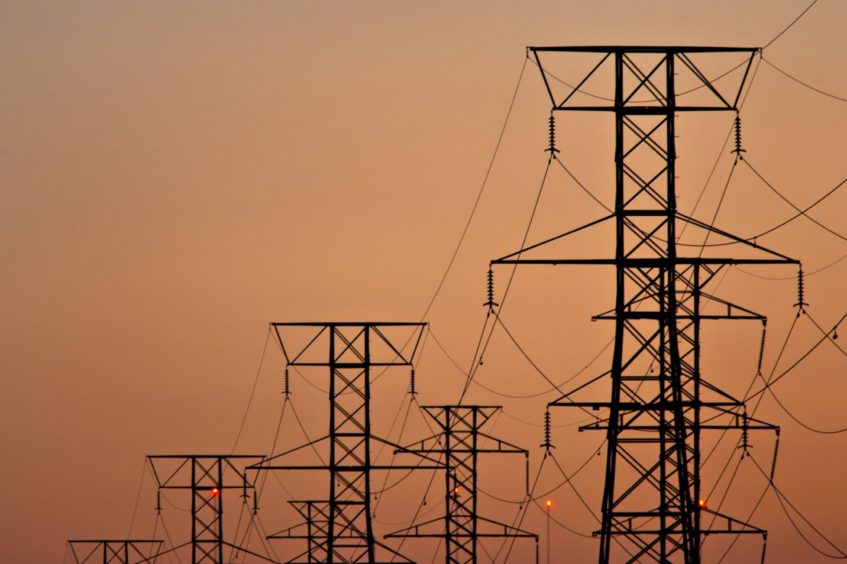
Emissions free electricity, generated using natural gas, has been exported onto the grid for the “first time anywhere in the world”.
Clean energy company NET Power, which has developed “revolutionary technology” to produce clean energy from natural gas, has delivered power from its test facility in La Porte, Texas.
According to the company, it is the first time this has been achieved globally, representing a “major milestone” for the energy industry.
NET Power’s technology burns natural gas and uses supercritical CO2 to generate electricity, while also capturing the emissions produced.
This “industry-changing achievement” validates the technology and demonstrates how such systems can be used to tackle climate change.
Ron DeGregorio, NET Power chief executive, said: “This is a Wright-brothers-first-flight kind of breakthrough for energy— zero-emission, low-cost electricity delivered to the grid from natural gas-fueled technology.”
“Now we can expand on our deep bench of partners to accelerate development of commercial NET Power projects around the world that are urgently needed to help achieve aggressive climate targets at an affordable price.”
NET Power is working with multiple clients worldwide to develop utility-scale power plants, with initial projects aiming to come online in the next five years.
All CO2 captured by commercial facilities will be permanently stored or utilised.
So far, NET Power projects have been publicly announced in the United States, Canada, and the United Kingdom.
The Texas company boasts an impressive list of backers including McDermott International, 8 Rivers Capital, and Oxy Low Carbon Ventures (OLCV), a subsidiary of Occidental.
Alongside Sembcorp Energy UK, 8 Rivers Capital is working to develop what could be the UK’s first net zero power plant.
Earmarked for Teeside, the Whitetail Clean Energy project is expected to produce about 300 megawatts (MW) of clean, efficient, low-cost electricity.
NET Power’s technology combusts natural gas with oxygen, instead of air, and uses supercritical carbon dioxide as a working fluid to drive a turbine instead of steam.
The process produces only electricity, liquid water, and pipeline-ready CO2, while also operating at high-efficiency, comparable to conventional power plants
Recommended for you

